Mali
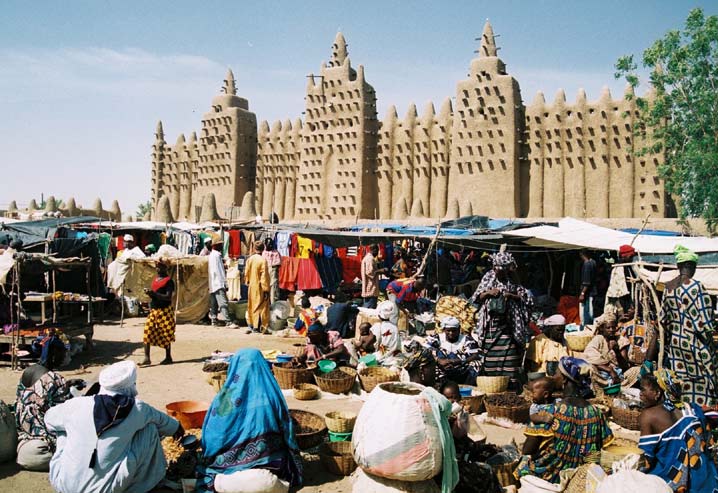
The mosque and Monday market in Djenne, arguably the most iconic site
in West Africa. The largest mud building in the world can't be
entered by non-muslims, without paying a bribe to the guardian at
least.
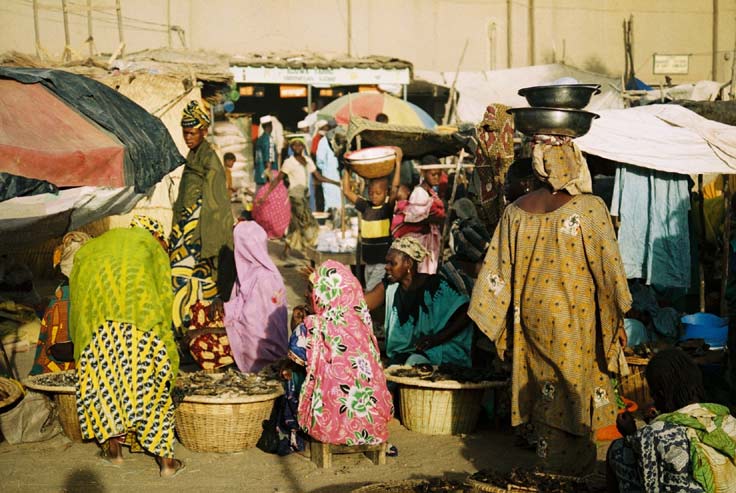
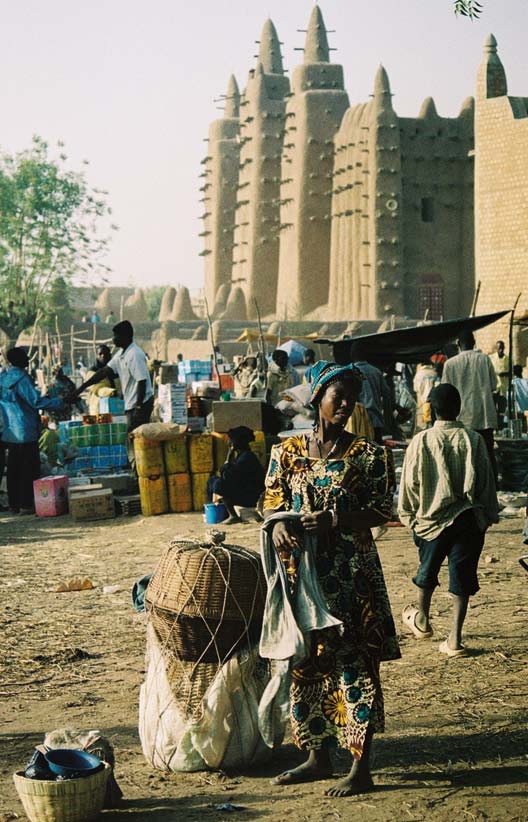
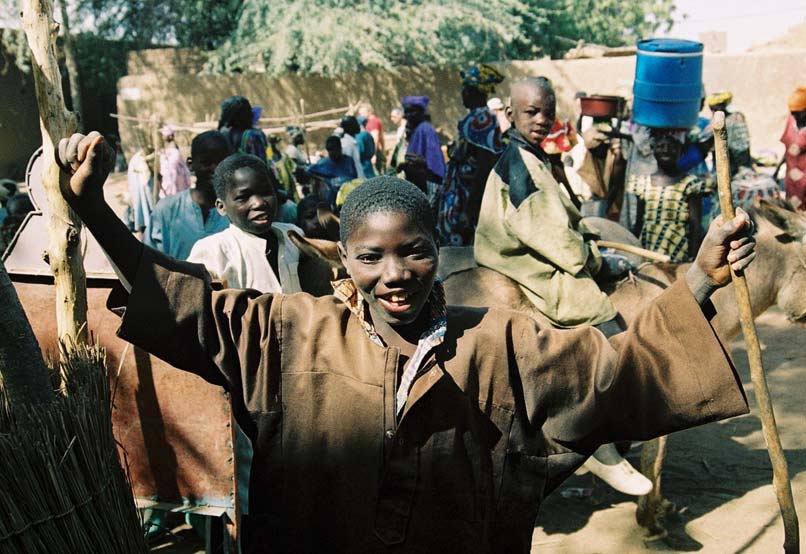
Djenne is filled with muslim religious schools, their students sent by
parents to do little more than memorize verses from the Quran in an
arabic language that they do not understand. These kids are not
fed by the madrassahs, and depend on begging with their little plastic
pails to earn their daily feed. This boy seems in fine spirits,
but many of these kids are relentless, and amongst the most aggravating
people you'll meet anywhere in the world.
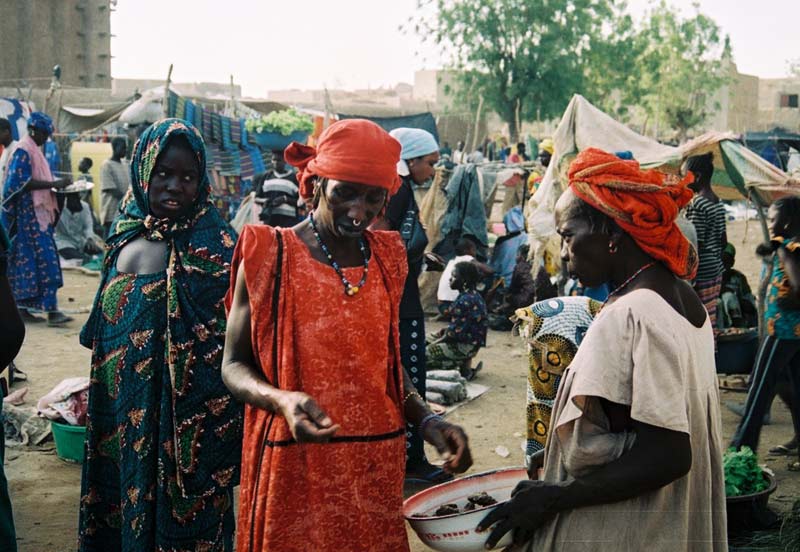
Of the many ethnicities who constitute the patchwork of peoples in the
Sahel region (flanking the southern edge of the Sahara desert), the
most vividly dressed are the Fula (Peul) women, with their telltale ear
rings, nose rings and brightly coloured outfits.
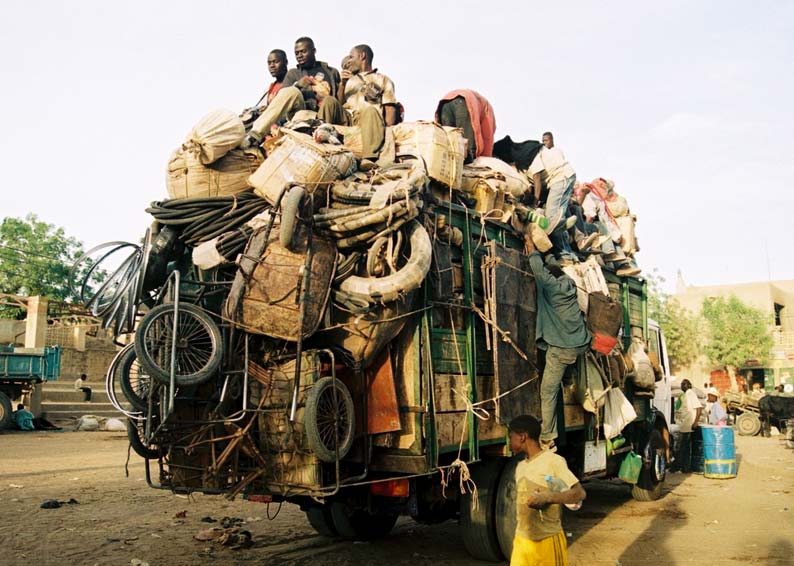
End of the market day. Time to head back to the village with our
weekly haul of goods!
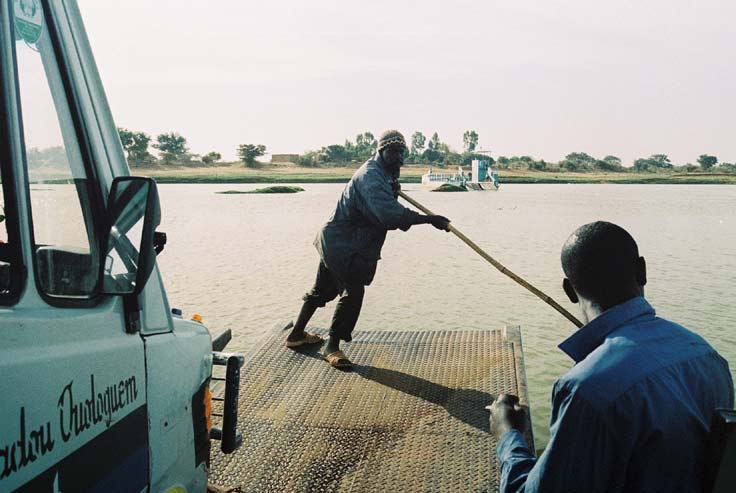
I've got to say, I've never seen this anywhere else in the world (a
feeling which happens often in Mali). This car ferry linking
Djenne with the main highway may be powered by a diesel engine, but the
steering is done by a guy pushing a pole at the front of the boat.

And its competition is a guy driving a horse through the river.
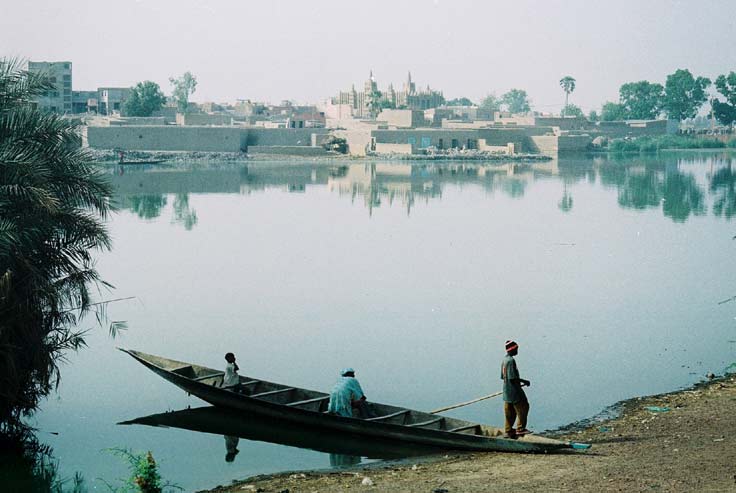
The Niger River port city of Mopti, with its famous Komoguel mosque in
the background. This is the base city to start cruises down the
Niger River to Timbuktu. I preferred however to go to Timbuktu
by LandCruiser, which takes 8 hours, unlike the 6 days it takes
by boat in the dry season (though they'll lie and say it takes 3 days).
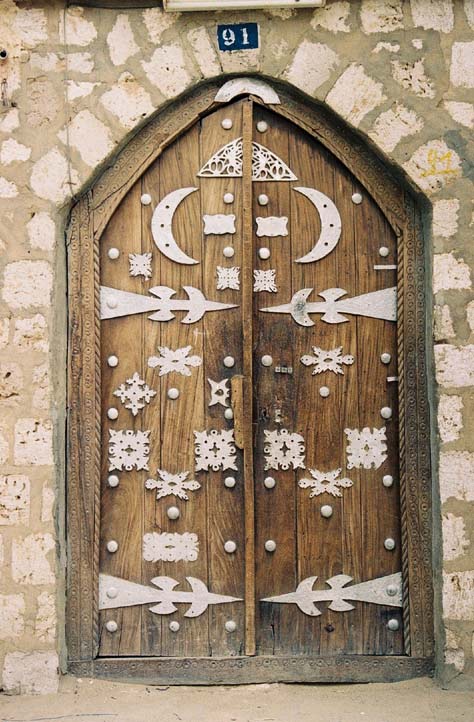
One of the side doors to the Sidi Yahiya madrassah, one of the three
major religious buildings in the dusty city of Timbuktu. Most
travellers are disappointed by Timbuktu after the pains they took to
get there, but I sort of liked the fact that it was a city built on
sand. The roads are sand. The front yards of houses are
sand. Some of the food tastes like sand. If you took away
all of the manmade stuff from Timbuktu, you'd be left with a
desert. Camel traders ride their beasts in from the desert and
trade them in one of the main squares of town.
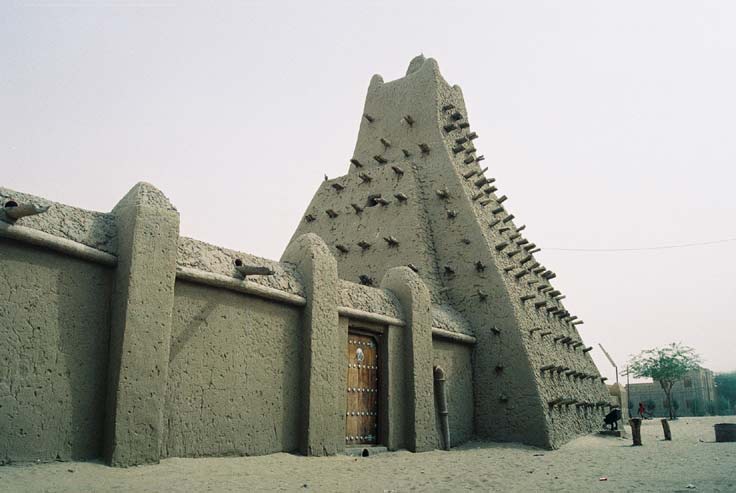
The Sankore mosque in Timbuktu. The white skies you see here, and
in much of the Sahel in the dry season, are due to the Harmattan wind
kicking up sand and dust into the air.










